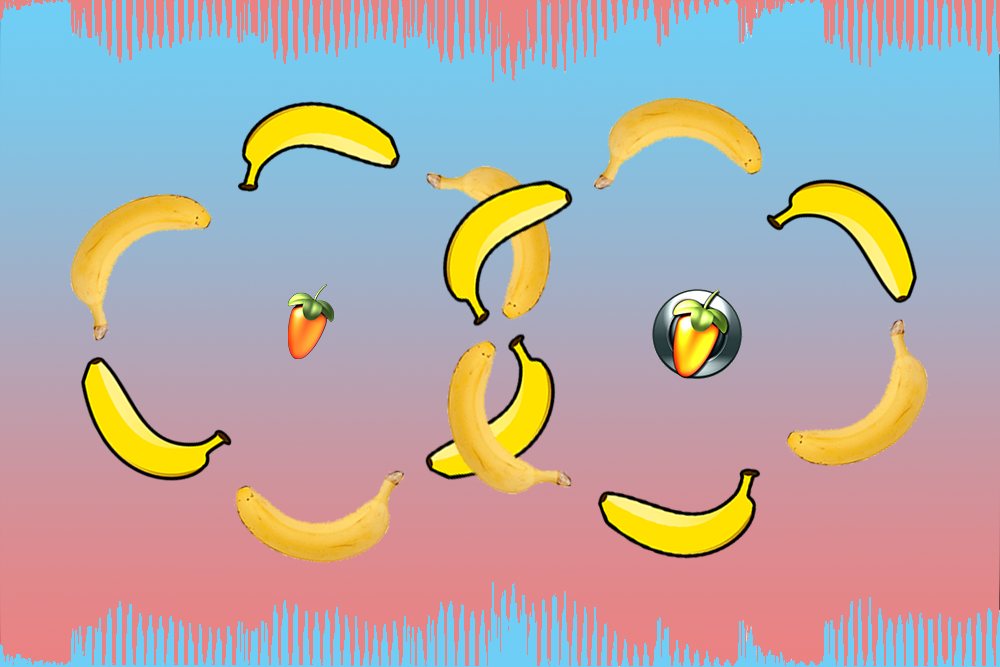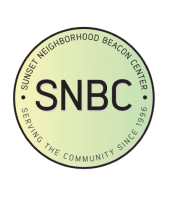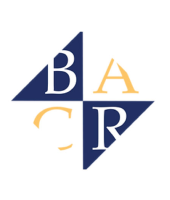Welcome to the loop! In this post, I’m going to be going over what a song cannot be without: notes. They’re the most fundamental part of a track. You don’t need any fancy synth or program in order to make music; you can make a song with just one sound and pitch it up and down to make a melody. If you make multiple different parts and put them together, your track is going to sound much better and more like a song, just like what I’m going to show now. In this video are all the basic parts of my track, isolated so that you can see them in more detail. Look down below the video to see descriptions of each different part.
- This is the beat of the song. I used a punchy kick and snare. It’s a trap beat because the kicks alternate between one downbeat and two upbeats. The high hats are sixteenth notes, to make it sound sprinkly. I did this to give more depth to the chords. I also added some white noise before every other snare that rises up to give it more punch.
- This is the bassline for the verses. You always need a bass when you make a song. You don’t necessarily need a sub bass, but it would sound good to pair it up with another bass that you want to use. It’s nearly impossible to hear if you’re not wearing headphones because it is a sub bass. These basses are usually very low. Most small speakers can’t pick it up, because they can’t play bass that low.
Note progression: G F A# D#
- This piano is only at the beginning of the song for now. In the second half of the piano part, I added three more notes to give the whole thing a little variation so it doesn’t get boring. I like to start with pianos in most of my songs. It’s a nice opener.
Chord progression: G#maj Cmin Gmin
- This is a little filler in the chorus. It goes in between the main chords, so there isn’t just silence.
Note progression: A# G F G
- This is another filler in between the main chords in the chorus. I used different sounds, like a bottle cap popping off, or something scraping a pan.
- These are the chords in the verse. The progression is the same as the piano progression from before. It also adds more depth to the verse so it doesn’t sound bland.
- This sound opens the track. It is the sound of a reversed crash cymbal, which gives it the sound that it slowly fades in.
- This is an addition to the main melody, which we’ll see later. It, again, gives the melody more depth so the track doesn’t sound empty.
- This is the sub-bass during the chorus. Again, it may be too low for some speakers to pick up.
Note progression: C A# D# D D#
- These are the chords during the chorus. These chords add a backing to the melody, just like any song would.
Chord progression: G#maj Cmin D#maj Gmin D#maj
- This is the main melody during the verse. It uses a polymeter. This is sort of like a polyrhythm. A polyrhythm is when two different time signatures like 3/4 and 4/4 both fit into the same amount of time, or one measure. A polymeter is when a melody is not going at the same tempo of the song, unlike a polyrhythm. When I used the polymeter, I made it restart before the melody repeats itself (with a little variation) so it at least has some matching rhythm to the song. I also layered it so the melody is on three different octaves.
- This is another pluck melody to just add onto everything else. I felt like the song needed a bit more in some places, so I added this. I again layered it so the melody is on three different octaves.
- This is the riser during the buildup. The green note on top is telling the other notes to pitch up two octaves over the course of how long the note is.
Chord: D#maj
- This pluck is adding a layer to the main chords in the chorus so it doesn’t feel flat. They’re the same chords as the main chords (see number ten).
- This is a variation of the filler used in number four. Instead of descending the scale and then ascending, it does the opposite.
- This is the main melody during the chorus. It goes D# G A# F G for the first half and D# G A# D D# for the second half.
- This bass drop is right at the beginning of the chorus to fill in the empty space where the chords and melody are silent. It starts on C and pitches down two octaves.
- This is a more complex melody that occurs during the second verse, but I’m not going to go through every individual note, because that would take forever.
Now that all the individual parts have been shown, I’ll show most of the progress I’ve made on the song. For my next post, I’m going to go through the more technical aspect of the track. This includes effects, layered synths, automation, etc. You’ve only entered the loop. There is a lot more to come.





